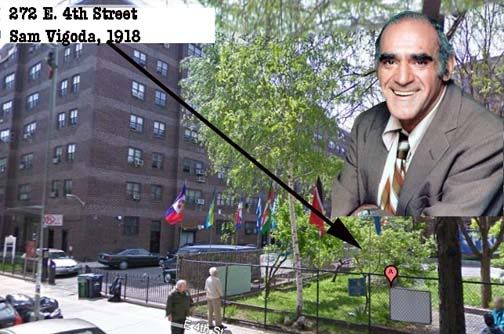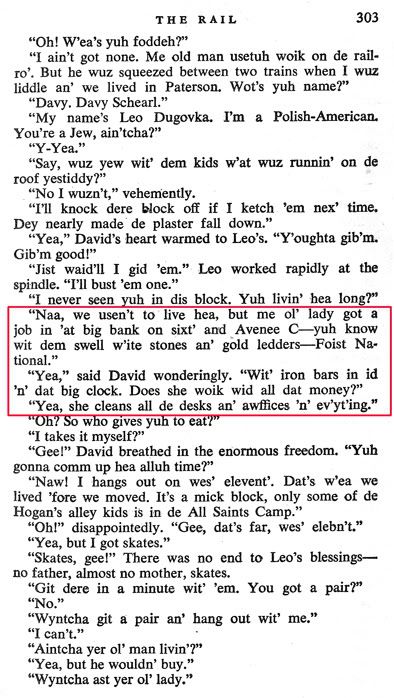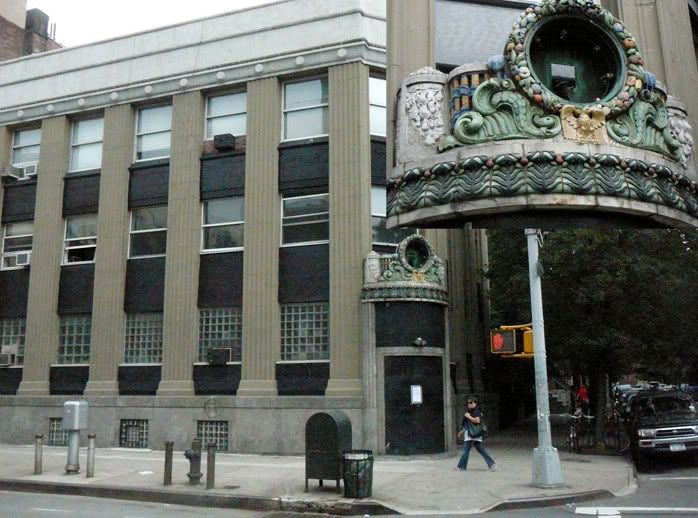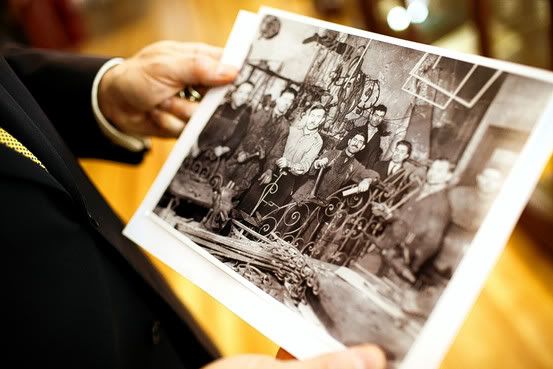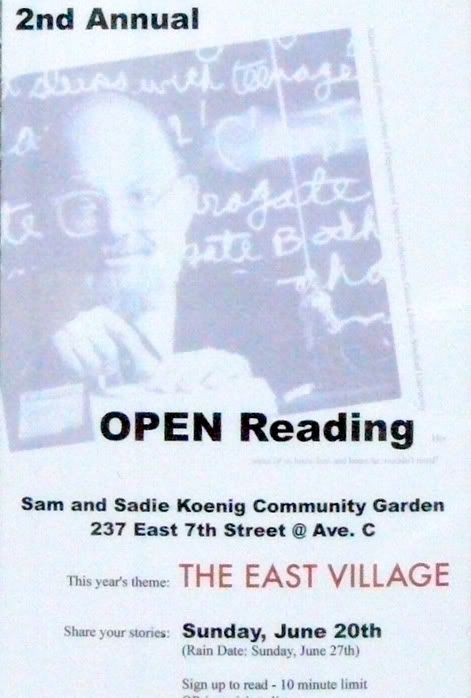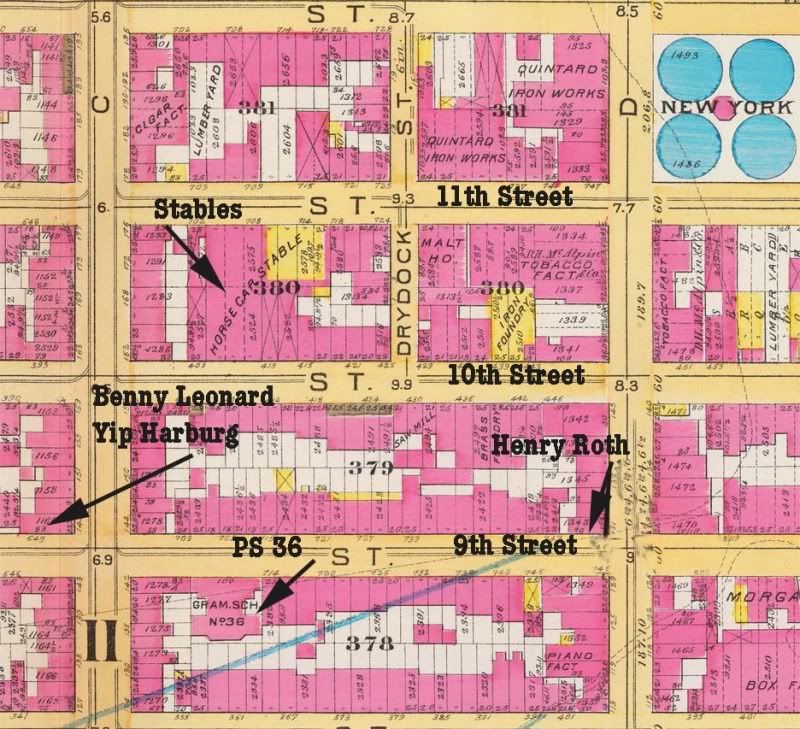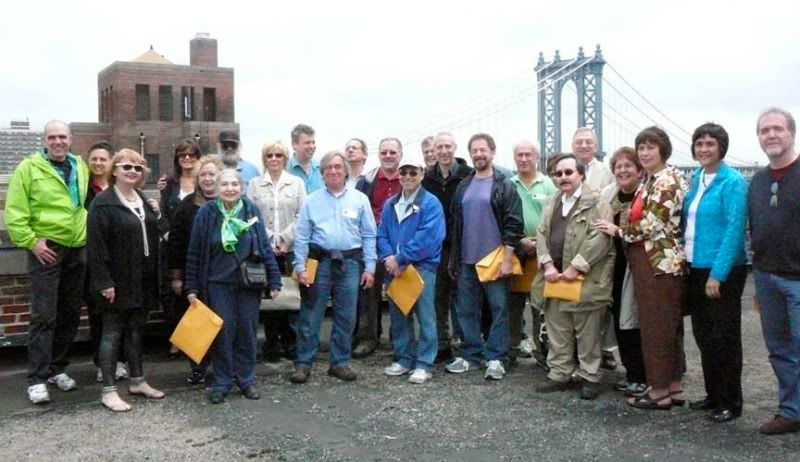A slide show with images taken in late June of 2008 including the Harriet Tubman Triangle at 123rd Street and St. Nicholas Avenue, Fairway Brooklyn and a PS 397K retirement party.
Music:
"Here Comes Summer" was a 1959 song, which was written and performed by Jerry Keller. The song was produced for Keller by Richard Wolf. It reached #14 on the Billboard Hot 100, and #1 in the UK Charts. The song uses the opening quote from the Stephen Foster song "My Old Kentucky Home" ("The Sun Shines Bright"). It was also recorded by The Dave Clark Five in 1970, but wasn't as successful.
1 week at #1 - 14 weeks on chart
Here comes summer
School is out, oh happy day
Here comes summer
I'm gonna grab my girl and run away
Here comes summer
We'll go swimming every day
Oh let the sun shine bright on my happy summer home
Well school's not so bad but the summer's better
Gives me more time to see my girl
Walk through the park beneath the shiny moon
Oh when we kiss she makes my flat top curl
It's summer
Feel her lips so close to mine
Here comes summer
When we meet our hearts entwine
It's the greatest
Let's have summer all the time
Oh let the sun shine bright on my happy summer home
Here comes summer (here comes summer)
Almost June, the sun is bright
Here comes summer (here comes summer)
Drive in movies every night
(Double feature) Double feature
Lots more time to hold her tight
So let the sun shine bright on my happy summer home
Well I'll want to hold my girl beside me
Sit by the lake till one or two
Go for a drive in the summer moonlight
Dream of her love the whole night through
It's summer she'll be with me every day
Here comes summer, meet the gang at Joe's cafe
If she's willing, we'll go steady right away
Oh let the sun shine bright on my happy summer home
(Oh let the sun shine bright) here comes summer time at last

